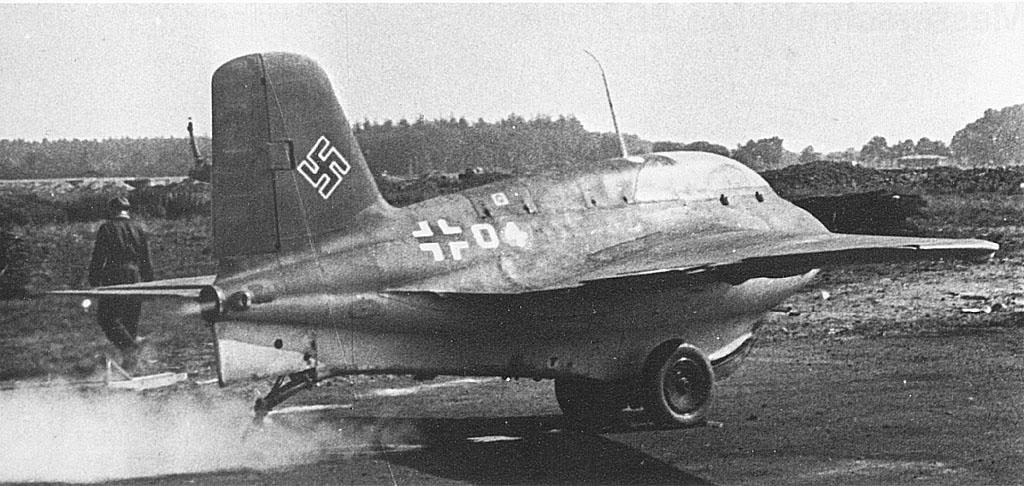German “Viper” Rocket Powered Interceptor
Another crazy German project, enjoy
What if the Germany was able to produce the Bachem BA 349 Natter (Viper), Rocket Powered Interceptor, in large numbers?
Say Germany is able to fix the issues with the program and actually make it workable, what effect could it have had? http://en.wikipedia.org/wiki/Bachem_Ba_349
On another note what potential did the two programs listed below have?
http://en.wikipedia.org/wiki/Wasserfall
http://en.wikipedia.org/wiki/Henschel_Hs_117
Another crazy German project, enjoy
What if the Germany was able to produce the Bachem BA 349 Natter (Viper), Rocket Powered Interceptor, in large numbers?
Say Germany is able to fix the issues with the program and actually make it workable, what effect could it have had? http://en.wikipedia.org/wiki/Bachem_Ba_349
On another note what potential did the two programs listed below have?
http://en.wikipedia.org/wiki/Wasserfall
http://en.wikipedia.org/wiki/Henschel_Hs_117
Last edited:

